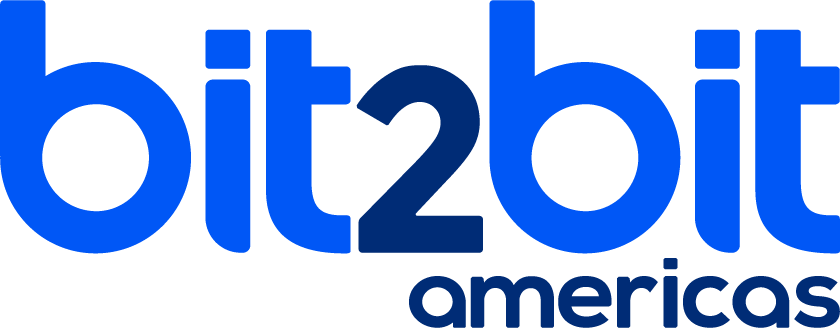Specialist in scalable and high-performance visual modeling tools for planning, design and construction of software-intensive systems, Sparx Systems has as its main product Enterprise Architect, the design tool chosen by more than 850 thousand registered users worldwide, with versions SaaS and on-premises.
It has clients in industries ranging from aerospace and automotive engineering to finance, defense, government, entertainment and telecommunications. Its solutions are based on the UML (Unified Modeling Language) and related specifications.
Since 2012, we advise our clients on licensing, installation, training and support in the use of Enterprise Architect, which allows us to visualize, analyze, model systems, software, business processes and architectures using standards such as UML, BPMN, SysML, etc, In addition to supporting frameworks such as TOGAF and UPDM.










